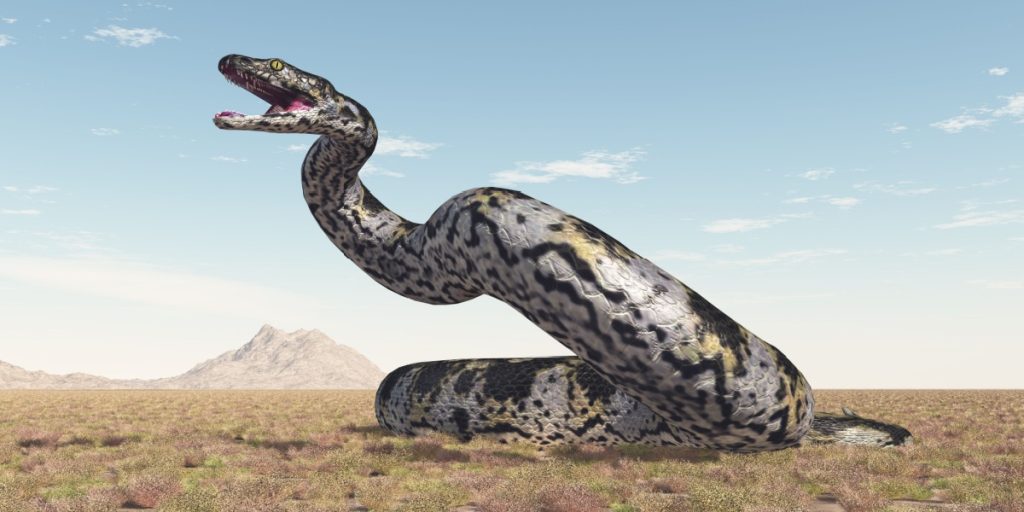At almost 50 feet long and weighing a ton, this prehistoric snake wasn’t easily “yoinked” off the ground.
Others are reading now
Two Indian paleontologists stumbled upon a fascinating find while fossil hunting in a coal mine. Initially, they expected to find prehistoric whale fossils, but they discovered 27 vertebrae that were too small to belong to whales, leading them to believe they were from a large, extinct crocodile species.
What they found instead were fossils of a prehistoric snake species that lived around 47 million years ago, possibly the largest snake ever discovered.
A Snake Longer Than a City Bus
The researchers concluded that the prehistoric snake, named Vasuki indicus after the mythical serpent draped around the Hindu deity Shiva’s neck, was likely about 44 centimeters (17.3 inches) wide and weighed up to one ton.
Given the size of the vertebrae—ranging from 4 to 6 centimeters (1.6 to 2.4 inches) in length and 6 to 11 centimeters (2.4 to 4.3 inches) in width—the snake could have been as long as 15 meters (about 50 feet), a couple of meters longer than a typical city bus.
Also read
For context, the Titanoboa, a prehistoric snake that lived millions of years ago in northern Colombia, was estimated to be around 13 meters (42.6 feet) long and could weigh up to a ton or more. While Titanoboa was considered one of the largest snakes, Vasuki indicus could potentially take the crown as the longest snake species ever discovered.
Part of a Dominant Snake Family
The study conducted by the Indian Institute of Technology Roorkee identified Vasuki indicus as part of the Madtsoiidae family, a group of large snakes that dominated a wide geographical range across Africa, Europe, and India during the period between 45 and 66 million years ago.
These enormous snakes could have consumed animals as large as modern-day crocodiles, indicating their significant presence in prehistoric ecosystems.
However, the debate remains open as to which snake species is truly the largest.
According to Sunil Bajpai, a paleontologist and co-author of the study, more research is needed to determine whether Vasuki indicus was more massive or slender compared to Titanoboa.








